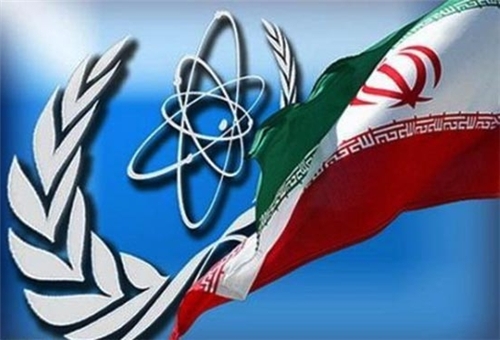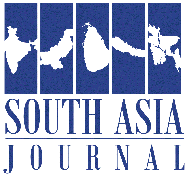
A rare diplomatic tremor emerged recently when Iran issued a pointed statement that did more than merely express concern over missing nationals—it subtly but unmistakably hinted at the activities of Indian intelligence-linked operatives on Iranian soil. For Pakistan, this isn’t news, but rather long-overdue regional validation. What is unfolding on the Iranian front is a slow but significant acknowledgement of a reality Islamabad has flagged for years: India’s asymmetric footprint in the region, particularly through its intelligence agency RAW, is not just real—it’s growing and dangerous.
The Iranian province of Sistan-Balochistan, long a hotbed of cross-border tensions and insurgent activity, has quietly become a theatre for covert intelligence games. It is no coincidence that this region sits at the junction of three sensitive geopolitical borders: Pakistan, Afghanistan, and Iran. While Iran has historically exercised cautious neutrality in Indo-Pak dynamics, Tehran’s latest signalling suggests it is beginning to feel the burn from allowing certain ‘friends’ unchecked freedom.
India’s RAW has long been accused of nurturing safe havens and cultivating proxies in Afghanistan and Iran to target Pakistan. The most prominent evidence came with the 2016 arrest of Commander Kulbhushan Jadhav, an Indian naval officer turned RAW asset, who was captured deep inside Balochistan. His confession provided damning details of India’s covert strategy: establish operatives under commercial covers, fund separatist groups, and coordinate with anti-Pakistan elements from neighboring territories. Now, with Iran itself expressing unease, the regional equation is shifting.
Tehran’s concern isn’t merely consular. It signals growing discomfort with the potential blowback of harboring foreign intelligence operations on its soil—operations that not only jeopardize relations with neighbors like Pakistan but also threaten Iran’s own internal cohesion in a fragile province already under pressure from sectarian and ethnic fault lines.
What’s especially telling is how this mirrors earlier phases of India’s covert playbook in Afghanistan. There, too, India established a network of consulates and used diplomatic cover to engage non-state actors opposed to Pakistan’s interests. Multiple reports, including from international security experts, highlighted Indian links to Baloch separatists, TTP factions, and criminal syndicates exploiting porous borders. With Afghanistan now under new rule, Iran is fast becoming the alternative playground for such asymmetric adventures.
Tehran’s statement, thus, could be a turning point—if it is followed by real action. The key lies in counterintelligence operations that dismantle RAW-affiliated cells, restrict their mobility, and neutralize their ability to fund or direct anti-Pakistan elements from Iranian territory. Iran’s strategic calculus must now weigh the benefits of transactional ties with India against the long-term risks of being perceived as complicit in regional instability.
Such a shift would be welcome not just for Pakistan but for broader regional security. Pakistan has long maintained that its western border is being used for terrorism orchestrated not from Kabul or Tehran alone, but via Indian handlers operating with impunity in those capitals. From targeted assassinations to funding violent attacks in Balochistan and Khyber Pakhtunkhwa, the fingerprints of Indian intelligence have become increasingly difficult to ignore.
This is precisely why neutral third-party mediation is essential. When dominant regional actors manipulate covert tools while resisting scrutiny, smaller states suffer. Platforms like the United Nations, the Organization of Islamic Cooperation (OIC), and even SCO must be leveraged to raise collective concerns and push for transparency. India’s argument that all its covert operations are rooted in counterterrorism rings hollow when the targets include dissidents, separatists who have renounced violence, and political figures advocating lawful change. In fact, such actions undermine the very principles of counterterrorism by promoting extrajudicial methods and empowering rogue elements.
For Pakistan, this moment represents an opportunity. Diplomatic channels with Iran must be activated to build mutual trust, share actionable intelligence, and develop joint mechanisms to monitor foreign intelligence operations within each other’s borders. This cooperation could serve as a model for broader South Asian counterintelligence efforts—where the real enemy is not just terrorism, but the state-backed manipulation of terrorism for strategic gain.
The region can ill afford such shadow wars. South Asia already bears the scars of mistrust, proxy conflict, and nuclear brinkmanship. If Iran takes this moment seriously, it could mark the beginning of a necessary rollback of rogue activities cloaked in diplomatic immunity. Pakistan has long carried the burden of proof—now it is time for neighbors and international institutions to carry the responsibility of action.
In the opaque world of intelligence, silence often signals complicity. Iran’s public unease breaks that silence. Whether it becomes a shift in policy or remains a footnote in regional tensions will depend on what comes next. But for once, the shadows at the border are no longer hidden—and that, in itself, is a start.
